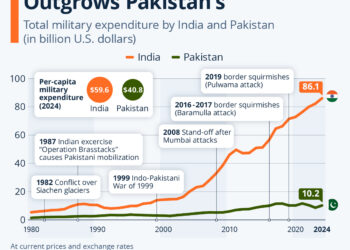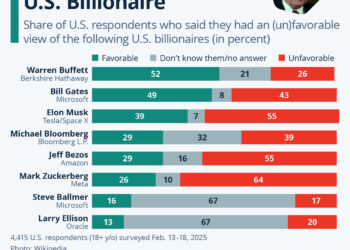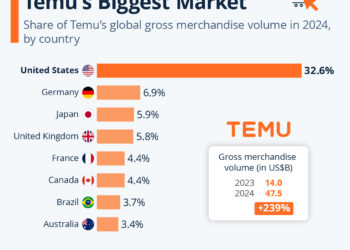The Shift in Media Consumption: An Examination of Traditional Media Usage
As the digital landscape evolves, so too does the way audiences consume media. The evidence is clear: traditional media channels are seeing varying levels of engagement, depending on the region. The data from Statista Consumer Insights paints a revealing picture of the habits surrounding daily print newspapers, linear television, and radio across different countries.
Daily Newspapers: A City-by-Country Analysis
In a world increasingly oriented toward digital solutions, the consumption of daily newspapers continues to show intriguing patterns across different nations. The survey conducted by Statista reveals that India stands out remarkably. Approximately 60% of respondents in India reported reading a daily newspaper in the past month, highlighting the country’s unique affinity for print media.
Contrasting Trends in Other Nations
When comparing India to other selected countries, the enthusiasm for daily newspapers dwindles significantly. For instance:
- United Kingdom: Just 14% of respondents indicated that they had read a daily newspaper in the previous four weeks.
- United States: Similar to the UK, only 10% of participants reported engaging with daily newspapers.
These figures reflect a broader global trend where the traditional newspaper industry’s appeal appears to be declining in many western countries, as audiences shift their attention to digital platforms and online news sources.
The Decline of Weekly Newspapers
Diving deeper into the types of newspapers consumed, weekly publications seem to fare even worse than their daily counterparts. In India, only 25% of respondents had interacted with a weekly newspaper, signaling a significant drop in print media engagement. The statistics from the UK and the U.S. further elucidate this downturn, with only 14% and 10% of respondents engaging with weekly newspapers, respectively.
These diminishing numbers suggest a growing preference for immediate and accessible news updates, either from digital platforms or through social media channels.
Linear Television: The Dominant Force
While print media faces challenges, linear television remains a stalwart in the media landscape. The data shows that between 65% and 80% of respondents across various countries reported watching linear TV in the month prior to the survey. This wide adoption indicates that, despite the rise in streaming services and on-demand content, traditional television still holds significant sway.
Viewing Habits Across Borders
A closer inspection reveals variations in television consumption habits based on locality:
- India: With a robust television industry, viewers remain engaged with linear programming.
- China and Japan: These nations also reflect high engagement levels, a continuation of their long-standing tradition with television broadcasting.
The Popularity of Radio: A Divergent Story
Radio’s presence in the media consumption landscape reveals contrasting trends as well. While some countries report high engagement, others show a marked decline in interest.
Low Engagement in Asia
In India, China, and Japan, listening to the radio is less prevalent, with only around 30% of respondents tuning in. This suggests that in these regions, audiences perhaps prefer visual content provided by television or online platforms.
The Rise of Radio in Other Markets
Conversely, countries like South Africa and Germany report strong radio listenership, with over 60% of respondents claiming they had listened to the radio recently. This variance indicates that local culture and media infrastructure heavily influence audio media’s popularity.
The Takeaway: A Media Landscape in Flux
The evolving patterns in media consumption illustrate a shift away from traditional media, particularly print newspapers, towards more immediate and visually engaging media forms. While linear television still dominates, the interest in radio shows mixed results, highlighting the complexity of media preferences in a globalized world.
As we observe these changes, it becomes essential to consider how these trends will evolve further in the face of continuous technological advancement and changing audience behaviors. The landscape is surely set for more surprises and transformations in the coming years, as consumers adapt to their demanded information consumption preferences.






